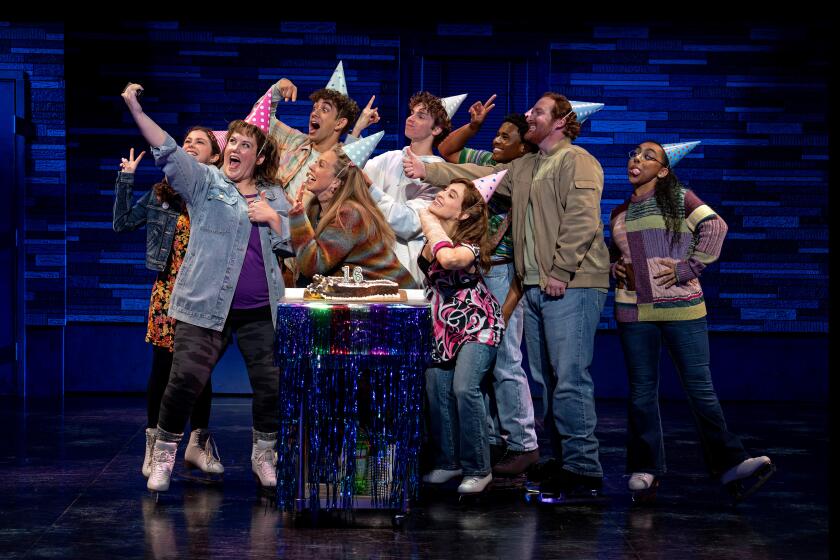The Pacific Symphony’s ‘Unfinished’
Letter writers who complain about music critics often start by asking whether the critic was at the same concert as they were, so different was their impression of the music-making.
Let’s turn the image around, though, and ask what score Carl St.Clair was using when he opened a three-part Pacific Symphony program Wednesday at the Orange County Performing Arts Center with Schubert’s “Unfinished” Symphony.
The edition open on this writer’s desk is full of phrase and dynamic markings. Hardly a bar goes by without the composer indicating a specific kind of change in flow and volume. Now, maybe St.Clair was following them all and could hear the results up there on the podium. But hardly a one of them crossed the front of the Segerstrom Hall stage.
So after a promising and haunting opening, the music emerged structurally flat--unfolding along solidly constructionist lines that had little internal life in them. Some might have found the results mesmerizing, but others--this critic included--found them narcotizing.
Schubert’s score is familiar. Richard Danielpour’s Concerto for Orchestra (“Zoroastrian Riddles”) is not. Composed in 1995-96 for the Pittsburgh Symphony’s 100th anniversary concerts, the concerto was receiving its West Coast premiere. Danielpour, who is now Pacific Symphony composer-in-residence, was on hand, spoke briefly beforehand and acknowledged the enthusiastic applause afterward.
The four-movement work, roughly a half-hour long, is big-boned and full of energy. The composer revels in pluralistic colors. Rarely does he leave a single sonority pure, but mixes it immediately with at least one other--usually more--drawn from a large orchestral palette. He has an abundance of ideas, breaking one off to start another.
For all that, the music is fairly conservative, and its effects are quickly wearying. It sounds as if it could have been written decades ago.
Janos Starker, who will turn 75 in July, was the soloist in Dvorak’s Cello Concerto, played after intermission. The cellist has always been known for his taste and restraint, and both were evident here. His tone was not robust, but it was warm, alert and full of light and shade.
St.Clair followed diligently. But once again, it seemed all his emphasis went into holding everything together rather than adding something. Isn’t there enough time to rehearse phrasing so that the orchestra can mirror what the soloist is doing?
Some sense of how the players might do that was evident in guest concertmaster Raymond Kobler’s sweetly intense dialogue with Starker in the reminiscing closing pages of the work.
Surely the orchestra as a whole is capable of that.
More to Read
The biggest entertainment stories
Get our big stories about Hollywood, film, television, music, arts, culture and more right in your inbox as soon as they publish.
You may occasionally receive promotional content from the Los Angeles Times.










